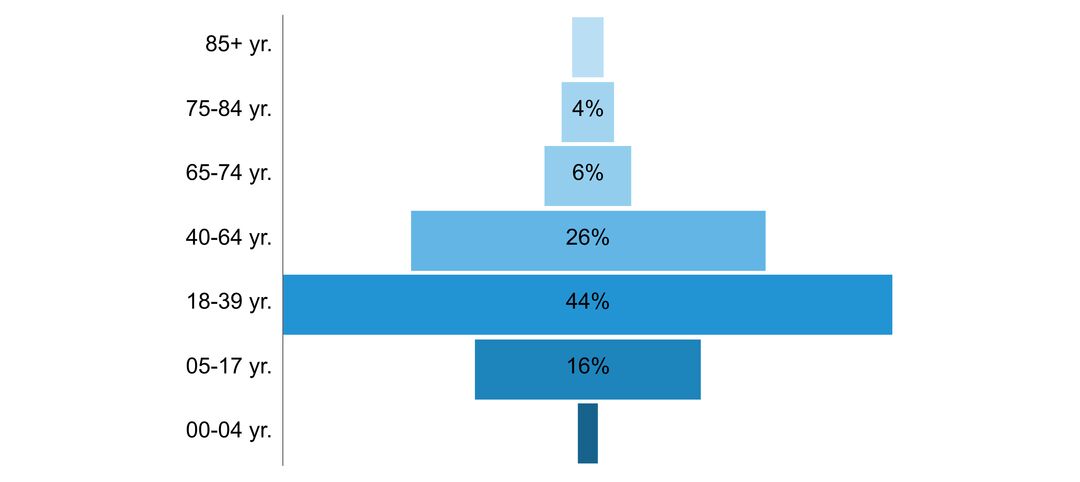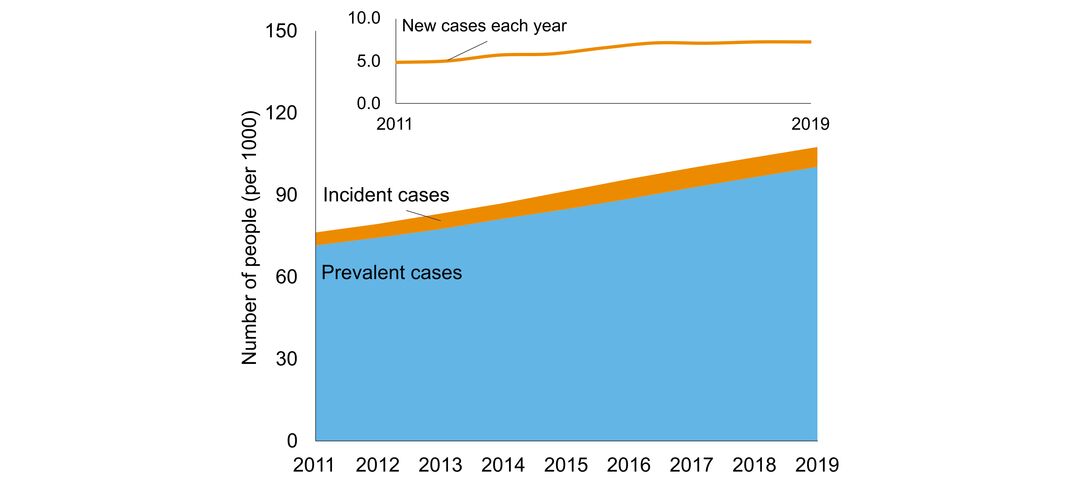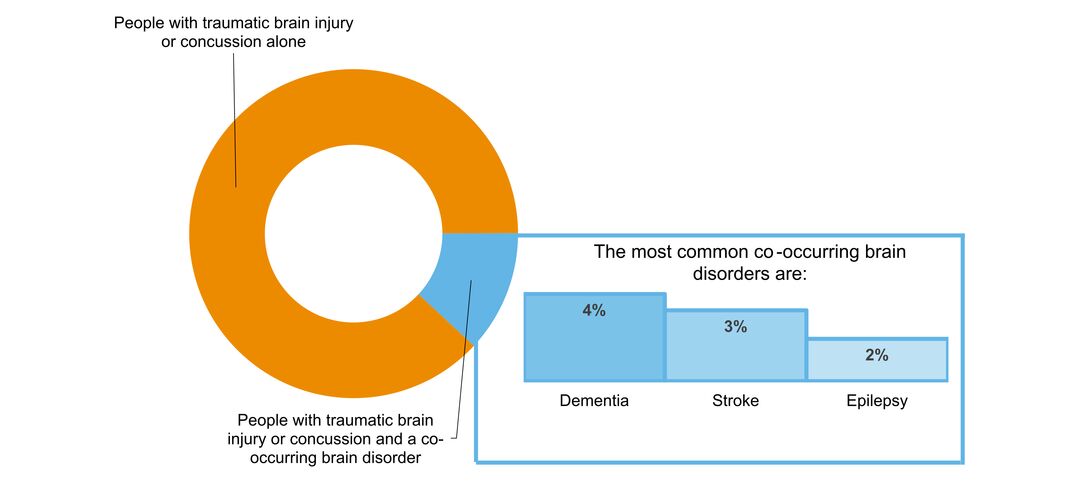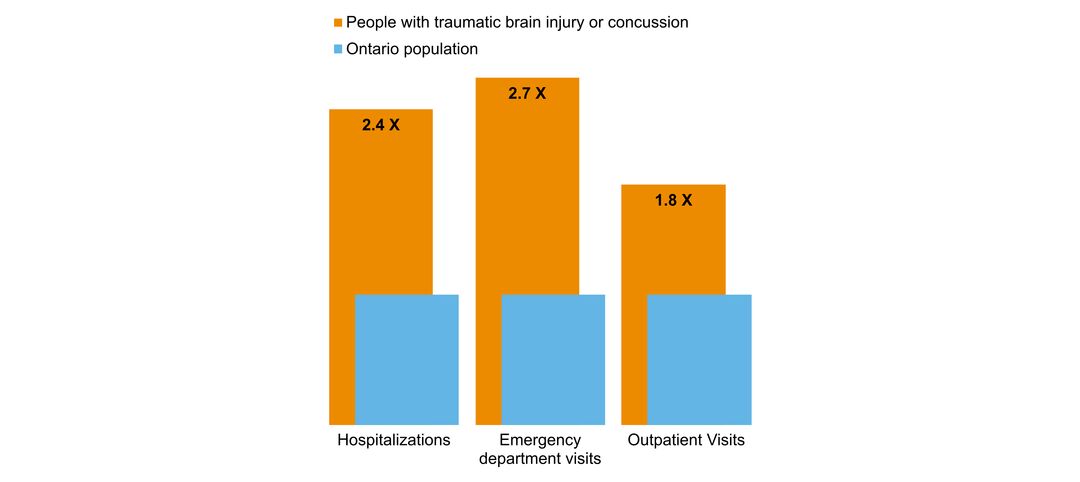Traumatic Brain Injury including Concussion
What is it?
Traumatic brain injury (TBI) is a form of acquired brain injury where there is disruption of brain function due to a traumatic event. This can occur when the head is struck or strikes an object, or undergoes rapid acceleration and deceleration movements. Traumatic brain injury is usually classified as mild (which includes concussion), moderate or severe.
There are many causes of traumatic brain injury (e.g., falls, sport-related injuries, motor vehicle accidents). It occurs among persons of all ages but some individuals are more susceptible than others, in particular children, teenagers and seniors. Males are at a greater risk than females. Traumatic brain injury can occur as a single isolated event, but it can also occur repeatedly especially in certain sports (e.g., boxing, hockey, football).
The symptoms of traumatic brain injury depend on the location and extent of the damage to the brain. While loss of consciousness may result from traumatic brain injury, it is a common misconception that loss of consciousness must occur to have traumatic brain injury. A person with mild traumatic brain injury may experience head pain, disorientation, dizziness, nausea and vomiting. There may be visual problems, sleep disruption, mood changes or lapses in memory. The same symptoms are amplified in moderate traumatic brain injury. Severe traumatic brain injury involves additional disorders of consciousness, weakness, seizures, coma, and even death. The long-term consequences of the injury may be apparent immediately or not until long after the event. The best treatment for traumatic brain injury is prevention. While much research has gone into studying treatments for traumatic brain injury, no specific treatment exists. Instead the management of traumatic brain injury focuses on supportive care, rehabilitation and helping the individual adapt to the injury. The impact on a person's quality of life and the whole family varies depending on the extent and severity of the injury.
Click to download the chart pack or infographic!
- number of people in Ontario with the disorder
- age of people with the disorder
- sex ratio of people with the disorder
- what other brain disorders commonly co-occur
- overlap with mental health and addictions health system use
- costs & cost drivers associated with health system use







